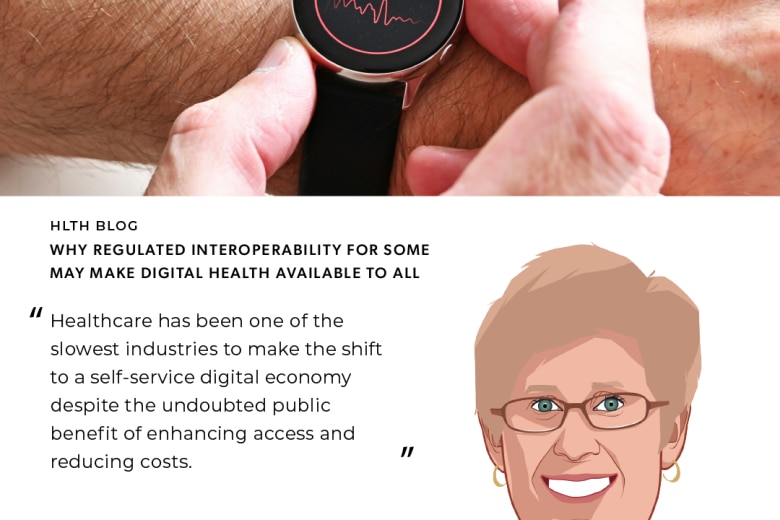In this second in a two-part blog conversation, two physicians – Russell Leftwich, MD, InterSystems Senior Clinical Advisor, Interoperability, and Jeff Soble, MD, a practicing cardiologist and CEO of ASCEND HIT – discuss the near-term hybrid environment that will last until FHIR is fully built out.
Dr. Soble: So if, as you say, FHIR is not completely built out for many clinical data elements, especially those related to medical specialty domains, how are vendors going to manage data in other formats, such as HL7 or SQL databases?
Dr. Leftwich: I think, for the foreseeable future, we will live in that sort of hybrid environment, where some interfaces are still legacy interfaces, while others can leverage FHIR. The solution is to have an HIE-type platform to collect data from a variety of interfaces, including FHIR; normalize it where necessary; and then aggregate it for analytics and clinical care. A platform such as InterSystems HealthShare® enables that hybrid environment, where data comes in from different interfaces, including FHIR, and then can be manipulated or subject to analytics based on FHIR.
Dr. Soble: IHE (Integrating the Healthcare Enterprise) has been embraced by a lot of medical specialty domains across cardiology and radiology as a way to implement existing standards, primarily HL7 and DICOM, to create profiles that guide vendors on how to implement realistic clinical workflows. Could this kind of model be beneficial as FHIR evolves?
Dr. Leftwich: Absolutely. FHIR profiles, which are essentially implementation guides, will be even more powerful, because once created, they will contain all of the FHIR resources and specifications, along with vocabulary, terminology, and bindings required for a specific use case. It should be possible to implement the profiles in any FHIR-enabled environment, so they will be very portable to different organizations without customization.
Dr. Soble: What role are professional societies, such as the American College of Cardiology, playing in the development of FHIR?
Dr. Leftwich: Well, that effort is just beginning. HL7, as the creator of FHIR, is actively beginning to reach out to those specialty societies, because their subject-matter expertise is absolutely necessary to build clinically useful and accurate FHIR profiles.
Dr. Soble: Do you think there will be any kind of certification programs or connectathon-type events, where vendors can demonstrate how their products work against FHIR profiles?
Dr. Leftwich: Absolutely. Those events are already happening. Two weeks ago, I attended a FHIR connectathon that I believe was the 15th in the series associated with the HL7 meetings. At that event, there were 10 different tracks of vendors testing particular use cases and correcting bugs.
Dr. Soble: Do you see FHIR supplanting any of the existing HL7 messages out there already, like ADT or CCD, or do you think it’s complementary?
Dr. Leftwich: Well, for now, I think it’s complementary. Certainly there will come a day when FHIR replaces some of those legacy interfaces. But for the time being, I think we will live in a hybrid environment. But where there’s greenfield development, FHIR will take hold very quickly as the only interface.



































